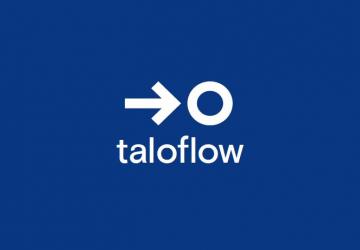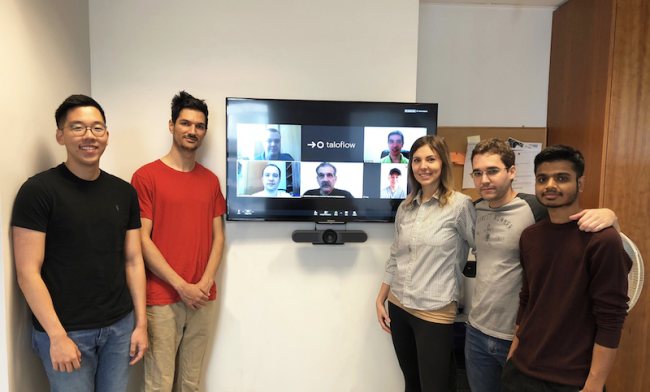The Taloflow Instance Manager (Tim)

For years, modern workloads have shifted to the cloud, with AWS being the most popular. And although this shift has cut down operating costs significantly, millions, if not billions, of dollars still are wasted to maintain all those virtual instances—even when they are not in use.
To help alleviate both the burden and headache of managing your cloud-hosted virtual machines, Taloflow built the Taloflow Instance Manager (Tim), which can reduce your expenditures by as much as 40%. Tim monitors your AWS resources and suggests automations that effortlessly save you money in real time.
Taloflow is a Vancouver- and California-based startup, offering a Software-as-a-Service (SaaS) platform that seamlessly integrates into your preferred cloud service provider to set up alerts, capture metrics and automate a list of useful actions. The company is focused solely on bringing artificial intelligence (AI) automation and intelligence to cloud services. Currently, Taloflow is an operation of at least eight talented engineers coming from all business backgrounds (from startups to enterprises).

Figure 1. The Taloflow Team
One of the key differences with Tim is that it works in real time. Unlike its competition, which is focused primarily on accountants and finance departments, Tim takes a bottoms-up approach and shifts that focus onto the engineers and operators pulling the levers on these cloud virtual instances. Think of it as bot or tool helping developers manage their resources and monitor their workflows. Tim will provide recommendations to those same engineers on how to optimize the performance, as well as the cost in the cloud.
The current implementation of Tim is available under a freemium model. This is intended to encourage early adoption, and it also allows users to hit the ground running and get started quickly. Depending on usage, number of users and the required performance, a paid tier or Enterprise Model eventually will be offered by March 2019.
Tim's basic model runs on Taloflow's own cloud, and depending on the customer's security preferences, the company will offer and provision private instances for each user (under the Enterprise subscription model). This will look like a Kubernetes image running on-premises at the customer site.
Far too often, it's easy to forget to turn off unused instances or even too complex to place some level of automation in the resources you use. Tim makes both of these things as seamless as possible. The platform has been designed to be non-invasive. Currently, it sits outside the general ecosystem but within the customer's AWS account, with the proper credentials to access a limited set of resources and metrics through properly placed IAM rules. Tim is capable of managing multiple cloud accounts.
With Tim, you can drill down to the hour of cost for each instance or category of instances. Using this information, you then are able to make the proper decisions on what instances need to continue to run and which to shut down or schedule in Tim's supported automation framework.
Taloflow also created a new metric called the engagement score. Using this metric, the platform can determine whether that instance is being used by the organization or the developer it is assigned for and how much it's being used. The metric is calculated by a background process analyzing resources, studying workloads and the amount it's consuming. If the instance's engagement is low, a push recommendation notifies the user.

Figure 2. The Web UI Dashboard
The most convenient part of Tim is that you don't always need to log in to the web UI in order to view your metrics, automate simple tasks (such as schedule shutdowns or startups of your virtual machines), or even receive alerts and recommendations. Tim even can integrate into your corporate Slack account and run a lot of the same tasks in your preferred Slack channels.
Today, Tim supports Amazon's AWS, but the company already has set its sights on eventually supporting Microsoft's Azure, Google's GCP and even Alibaba's cloud offerings.
Sign up for a free demo today and take the Taloflow Instance Manager for a spin. Visit https://www.taloflow.ai to learn more.












